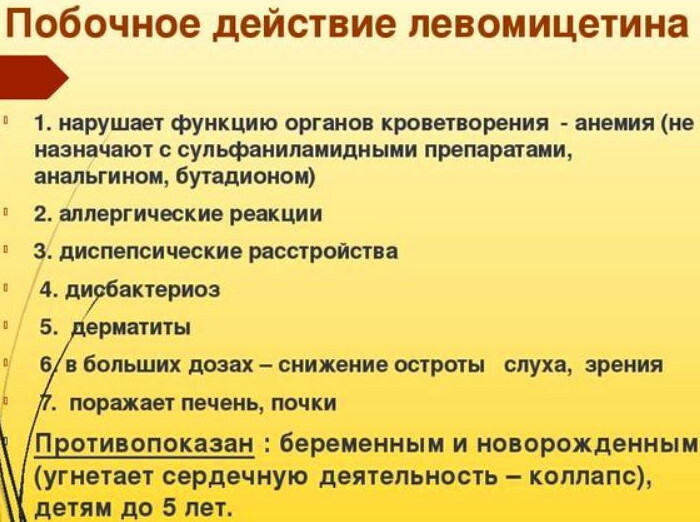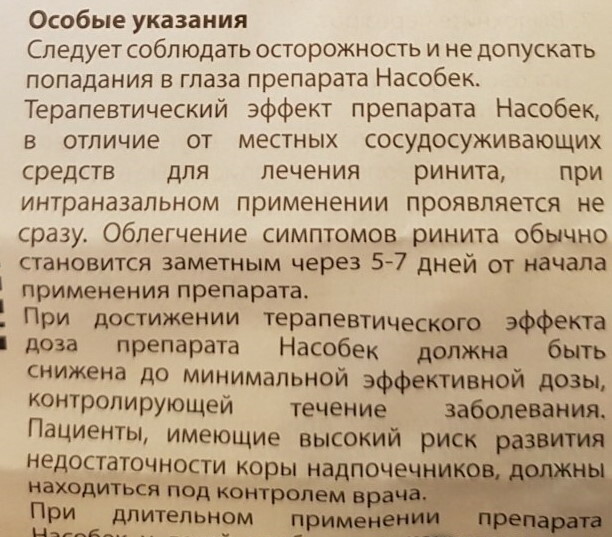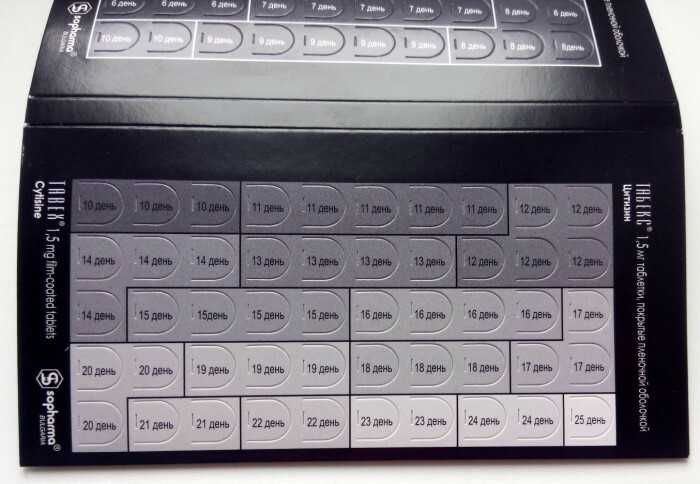It also supports the adipose tissue, which is located directly below the diaphragm wall. Moving part of the stomach, esophagus, and even bowel loops in the chest cavity called a hiatal hernia. Of particular difficulty is the diagnosis of the disease, as its symptoms are very similar to symptoms of cholecystitis, gastritis and stomach ulcers. The patient may for a long time to treat these diseases, not knowing that he had a hernia of the esophagus.

What it is?
Hiatal hernia (HH, hiatal hernia, colloquially - diaphragm hernia, esophagus) - Gastroenterological chronic disease in which there is extension phrenic esophageal opening and subsequent displacement towards the bottom of the thoracic cavity (abdominal) esophagus or upper (fundic) card stomach.
Causes of
With the development of the disease in the aperture of the diaphragm adjacent to the esophagus, there are extensions of different sizes (hernial) under certain conditions transmissive part of the esophagus or stomach inside. The main reasons for the appearance of hernias are: increasing the pressure inside the peritoneum, motility disorders of alimentary canal in its esophageal part and the weakening of the connective cords.
For these reasons, the development of HH is more typical for the elderly due to ongoing degeneration (involution) changes in the tissues and ligaments of the diaphragm of the stomach and esophagus. This assumption is confirmed by the frequent presence of other hernias in patients with HH (inguinal, femoral etc.).
Predisposed to the appearance of hiatal hernias are the people with the following chronic diseases affecting the connective tissue:
- Hemorrhoids.
- Varices.
- Flatfoot.
Among the risk factors associated with an increase in intra-abdominal pressure, release:
- Obstructive pulmonary disease.
- Disease accompanied by severe vomiting.
- Pregnancy.
- Heavy physical work.
- abdominal trauma.
- Strong flatulence, diarrhea (e.g., dysbacteriosis, infectious diseases of the gastrointestinal tract), frequent constipation.
- Tumors of the abdominal wall.
- Excess weight.
Hiatal hernia, formed due to a violation of the digestive tract, may be accompanied by the following states:
- Ulcers of the esophagus and fundus of the stomach, sometimes - the duodenum.
- Burns the esophagus and stomach.
- Reflux esophagitis.
- Congenital shortening of the esophagus.
- Chronic diseases spleen, pancreas.
Children HH - a rare phenomenon in most cases associated with a congenital defect of the structure of the digestive tract or the iris (mediastinum).
varieties HH
Comparative characteristics of the most common hernias food holes of the diaphragm:
- The axial (sliding). Labile penetration total abdominal organ or part thereof in food aperture. Is: esophageal (displacement of the abdominal part of the esophagus), cardiac (esophageal displacement, gastric cardia), cardio-fundic (esophagus offset cardia and fundus). Axial hernia hernia is considered to be false, as there is no hernia sac.
- Paraesophageal - a fixed offset all or part of the stomach through food aperture near the esophagus. Often: antral (stomach offset end portion) and the fundus (offset stomach fundus). It is believed true hernia (hernial sac is present) with a risk of infringement.
With prolonged duration of disease untreated hernia may be differentiated as total or subtotal giant that is not subjected to conservative treatment.

symptoms
The symptoms of hiatal hernia in many cases are weak or non-existent. This is explained by the small size of protrusions.
Most often the manifestation of pathology observed in patients with hernias of the large size. Signs of the disease include:
- heartburn (occurs after meals);
- pain in the sternum;
- belching, feeling of fullness;
- prolonged hiccups;
- difficulty in the passage of food through the esophagus.
Often marked esophageal hernia symptoms such as burning tongue (glossalgia), sour taste in the mouth, pain when bending or turning the torso. Many patients complain of a feeling of a lump in the throat, excessive salivation, seizures, sudden cough, especially at night. The appearance of hernia can provoke pain in the heart. Such features make it difficult to diagnose the disease as well as patients receiving the pathology of cardiac disorders.
Against the background of the formation of the disease in patients diagnosed with anemia. The disease is a consequence of hidden internal bleeding in the esophagus and upper stomach.
Possible complications and consequences
If diaphragmatic hernia develops a long time and is not treated properly, the patient can develop complications serious consequences:
- reflux esophagitis;
- formation of cicatricial stenosis of the esophagus;
- shortening of the esophagus;
- hidden bleeding;
- gastritis, ulcers;
- cardiovascular disease;
- aspiration pneumonia;
- cancer;
- narrowing of the gastric camera.
Diagnostics
Because the hernia can flow into the compartment with a plurality of other diseases, diagnosis of this disease may be complicated because of the similarity of symptoms.
To diagnose a hernia, doctors use the following methods of detection:
- X-ray machine is designed to study the inner cavity of the body. Since the body is different, according to the density of the - they manifest themselves differently on the X-ray. Denser parts are the bones, which are clearly visible in the picture. To identify pathologies in organs, it is necessary to introduce a special contrast agent. "Illuminated" internal organs allow us to determine the presence of pathologies;
- To determine the quality of esophageal motility is used in esophageal manometry. The food enters the esophagus, should be delivered to the digestive organs with the help of muscle contractions. This procedure helps to clarify the muscular system dysfunction, determine the quality of the pressure during the contraction and observe the range of motion. To this is introduced through the nasopharyngeal probe with sensors which determine pressure.
What to do at home?
Rules of behavior of the patient with diaphragmatic hernia should avoid exposure to factors that increase abdominal pressure to prevent further displacement of the organs into the chest cavity and progression disease:
- Food to take fractional portions every few hours;
- Before and after meals is recommended to drink a teaspoon of unrefined vegetable oil;
- Patients are advised to follow any special diet that excludes foods that cause intestinal irritation;
- Can not be tight to tighten their belts, wear clothes pinch the belly - it creates additional pressure in the abdominal cavity;
- Avoid trunk bending forward, sudden changes in body position - it can cause pain in the sternum and heartburn;
- Normalize chair - constipation and diarrhea, abdominal pressure increase and promote the formation of hiatal hernia.
- Avoid heavy physical exertion, but regularly perform physical therapy exercises that strengthen the muscular system and restoring the tone of the diaphragm;
- Pain and heartburn with diaphragmatic hernia worse at night and become more pronounced when you move the body horizontal position, so you need to refrain from eating before the holidays - the latter receiving at least three hours before sleep.
Remove symptoms of heartburn and restore the acid-alkaline balance of the esophagus helps alkaline mineral water, such as Borjomi. Medicines used to neutralize gastric acid when diaphragmatic hernia - almagel. Drink it on an empty stomach, 20-30 minutes prior to the reception of two teaspoons of food at a time. Regular intake of the drug makes it possible to neutralize the negative effect of gastric juice on the wall of the esophagus and prevent the development of complications of diaphragmatic hernia.

How to treat esophageal hernia without surgery?
To eliminate all clinical manifestations associated digestive diseases (gastritis, gastroesophageal reflux, ulcers, dyskinesias and erosions), for each patient an individual program of complex drug therapy, providing application:
- Proton pump inhibitors (esomeprazole, omeprazole, pantoprazole).
- Antacids (represented Almagelum, Maalox and gastalom).
- Prokinetics, will improve esophageal mucous membranes (Ganaton, Motilium, trimebutine, Motilak).
- H2-antihistamines (often - ranitidine).
- Vitamins B, can speed up the recovery of gastric structures.
non-steroidal anti-inflammatory drugs (presented by paracetamol, ibuprofen, nurofenom) can be assigned for the relief of pain in patients. In some cases, the reception of these drugs can cause amplification of clinical manifestations characteristic of gastroenterological diseases.
To enhance the effectiveness of drug treatment is recommended for patients:
- adhere to a sparing diet;
- Do normalization of weight;
- during the night to hold semi-sitting position (thanks to upbeat head of the bed);
- to avoid any whatsoever exercise.
The indication for the need for surgery is the presence of:
- full futile medical treatment;
- complicated forms of diaphragmatic hernias;
- pre-cancerous (also called dysplastic) changes in the mucous membranes of the esophagus.
There are quite a number of options for surgical treatment of diaphragmatic hernia.
Gymnastics
When HH recommended physiotherapy. Well help following exercise:
- Lie on your side and put his head on the cushion. Take a deep breath and a maximum inflate the abdomen, then exhale slowly and relax. Repeat 4-5 times.
- Get on your knees, straighten your back, inhale and slowly bend to the right, exhale and return to the starting position, repeat the exercise 6-7 times.
- Lie on your back. Breathing steady and quiet. Slowly turns to the left, and then on the right side, taking care not to knock breath.
nutrition and diet rules
In addition to taking the drugs when hiatal hernia treatment involves administering a diet adjustment mode of the day, as an additional measure used recipes of traditional medicine.
There are certain diet rules, which recommend that a for faster elimination of negative symptoms:
- Nutrition should be a fraction, the evening meal should be completed in a few hours before bedtime.
- The artisan can assign reception mineral, preference is given to alkaline waters, they are used for 30 minutes before meals in the single volume of 100 ml.
- It is necessary to exclude the possibility of overeating, which produces the daily counting calories - it should not exceed 1800-2000 calories.
The patient with HH should abandon the use of:
- Any fatty, fried and spicy dishes.
- Fatty foods from cow's milk.
- Butter and vegetable oil.
- Coffee, cocoa and chocolate.
- Bow (and green, and onions) and garlic.
- Crude fiber contained in whole nuts and beans, solid raw fruits and vegetables, bran.
- Meals (including drinks and sauces) tomato.
- Pickles.
- Crackers and chips.
- Ice cream.
- Mustard, ketchup and vinegar.
- Any carbonated beverages.
the patient's diet with HH requires the presence of:
- Cereals, cooked on skim milk or water.
- Dishes low-fat goat's and cow's milk.
- Lean meat and fish varieties.
- Baked or pureed apples.
- Fresh bananas.
- Baked potatoes and carrots.
- Egg whites.
- Green peas and green beans.
- Broccoli, steamed.
- A soft biscuits.
- Baking of the rice flour.
- Jellies, marshmallow, jelly and marshmallows.
Since hiatal hernia occurs against the background of unbearable heartburn diet of the patient is necessary to exclude products that can provoke its occurrence. Equally undesirable, drinks and meals, the use of which leads to the bloating of the stomach.

Traditional treatments
Gleaned from traditional medicine methods for the treatment of hernia is worth only as an additional method to improve well-being, if a doctor determined the tactics of treatment of diet and drugs, approves support intervention.
A good addition to the diet food is to use a soft, reduces inflammation of chamomile or green weakly brewed tea. When choosing herbs and infusions should seek option, which will reduce the acidity of the stomach, heartburn, and abdominal discomfort. Often recommended ginger and lemon tea hernia and other gastrointestinal diseases are contraindicated.
Operation
The purpose of the operation - the restoration of the anatomic position and the normal function of the cardia. The basic principle - the elimination of hernial ring and performing antireflux surgery. This is accomplished by the mobilization and bringing down into the abdominal cavity esophagogastric junction narrowing hiatal and performing one of the types of fundoplication, which allows to restore the lower esophageal sphincter pressure zone in it, and the angle Gisa.
- The most common operation is Nissen, who proposed to treat oesophageal hernia, complicated by esophagitis fundoplication 360 °. It is the formation of the front and rear walls of the stomach fundic circular cuff enveloping mobilized abdominal esophagus, wherein the probe set 30-32F1. The edges are sewn together with gastric esophageal wall. Cuff width - at least 2,5-3 cm. With the wide hernial orifice (3.5 cm) aperture legs are sewn together behind or in front of the esophagus (the rear or front krurorafiya) to normal size AML. With a diameter of 5 cm AML for preventing recurrence of the hernia mesh krurorafiyu expedient to reinforce the prosthesis from a non-absorbable synthetic material.
- Fundoplication Nissen-Rossetti also contemplates 360 ° fundoplication with the exception that no gastric sleeve is fixed to the diaphragm (hiccups and prophylaxis of pain associated with respiratory movements), but superposed 1-2 seam between the esophagus and the gastric sleeve at a side opposite from the seams of the cuff itself (prevention straightening cuff portion in the fundus stomach). Lack Nissen operations and Nissen-Rosetti - esophageal twisting on an axis during beneath fundus of the stomach. This modification avoids Nissen operation in which the first short mobilization produce gastric artery, rear (not covered by the peritoneum) wall cardia and creating cuff employ front and rear walls fundic card stomach.
- Fundoplication Toupet is symmetrical cuff formation of the front and rear walls of the fundic card stomach, at 240-270 ° enveloping the esophagus, leaving her free perednepravuyu surface (localization of the left vagus nerve). Apply in small amounts fundus. Many authors prefer this method because fundoplication fewer dysphagia in the early postoperative period (compared to Nissen operation). This advantage is offset in the future due to the increasing number of relapses reflux disease.
- Dor fundoplication. Also suggests partial fundoplication, with the front wall of the fundus of the stomach is placed in front of the abdominal esophagus, fixing it to the right wall of the esophagus. This operation is ineffective, it is rarely used as a forced measure if you can not complete the mobilization of the gastroesophageal junction and perform other types of fundoplication.
- Operation Cuschieri (1991), - creating an acute angle with the branch block a round ligament liver, which, after partial mobilization from navel carried out under the free end of the abdominal segment of the esophagus, pulling it to the right and in front (the acute angle formed Branch block). It is rarely used due to low efficiency.
When hernias, combined with a marked shortening of the esophagus (esophagitis congenital or due), the best results are obtained by Collis-Nissen operation. The operation consists in lengthening the abdominal esophagus due to the lesser curvature of the stomach, followed by gastrofundorafiey (wrapping newly created from a small curvature esophageal gastric tube bottom walls type Nissen fundoplication).
How much is?
Prices are sounded patients after receiving advisory doctor. Operations themselves hernia can be carried out in university hospitals, private medical centers, public hospitals.
On the final amount influenced by the degree of the disease, type of hernia, presence of complications, and many other factors. In Moscow, for example, the price for a single operation varies between 18 000 - 135 000 rubles. In children, a hernia removed in institutions where there are pediatric surgeons.
The postoperative period
In uncomplicated cases of the disease and successful laparoscopic surgery, postoperative management of patients does not go beyond the standard activities (analgesia by prescription, antibiotic prophylaxis during surgery and day 1 after it, feeding liquid food from 1st day, removing the safety drainage through 12-24 hours). Length of stay - from an average of 2 to 5 days.
With the development of complications - appropriate therapy. To evaluate the results of treatment is recommended in 3-6 months. perform radiography of the stomach, endoscopy and pH monitoring.
Forecast
In case of delayed diagnosis and treatment of erroneous tactics hiatal hernia can provoke:
- Peptic ulcer of the esophagus and stomach.
- Reflex angina.
- Perforations esophageal tube.
- Different forms (erosive, bluetongue, ulcer) esophagitis.
- Cicatricial stenosis of the esophagus.
For 30% of cases if left untreated can result in HH esophageal cancer. With adequate and timely treatment of diaphragmatic hernia in 80% of cases, the condition of patients improved significantly. I degree of the disease are cured completely. relapse cases are extremely rare.
prevention
Preventive measures from HH include performing simple rules:
- compliance similar recommendations identified in the conservative treatment;
- timely elimination of diseases or disorders which can lead to a similar ailment;
- execution of regular walking, especially after taking food;
- undergo regular check-ups, in particular X-ray.
Forecast hiatal hernia is directly related to the formation of complications. After the surgery, recurrence of the disease is rarely observed. Nevertheless, patients should be observed until the end of the life of a gastroenterologist.



